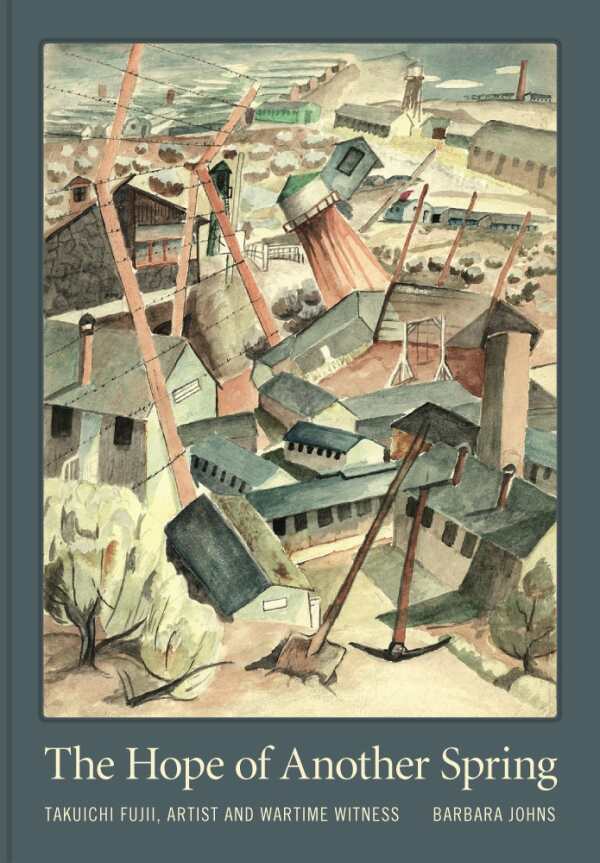The Hope of Another Spring
Takuichi Fujii, Artist and Wartime Witness
What is American history other than a record of stuff that happened somehow related to the people and places of this country. Everything in the past is history, and no matter how insignificant, it factors into the character and identity of this young buck of a country. There is much to be proud of, to be sure, but recognizing the unflattering and shameful is how we become better as a people and not doomed to repeat the act. America made one such blunder when it ingloriously knocked on the door of a young American living with his wife and daughters in Seattle in the early 1940s and incarcerated the family along with 100,000 other Americans in remote Western detention camps. We know about Seattleite Takuichi Fujuii because he was an accomplished artist who decided to document his three years and five months imprisonment with 249 inked drawings to accompany his diary. The sketches and captions are often gut wrenching. Early in the internment, he writes: “Indeed, this is an odd door. The lock is on the outside. I see that this relocation center is a prison.” A once-in-a-lifetime work of history and art, Takuichi’s diary was translated by his grandson Sandy Kita.
Reviewed by
Matt Sutherland
Disclosure: This article is not an endorsement, but a review. The publisher of this book provided free copies of the book to have their book reviewed by a professional reviewer. No fee was paid by the publisher for this review. Foreword Reviews only recommends books that we love. Foreword Magazine, Inc. is disclosing this in accordance with the Federal Trade Commission’s 16 CFR, Part 255.

